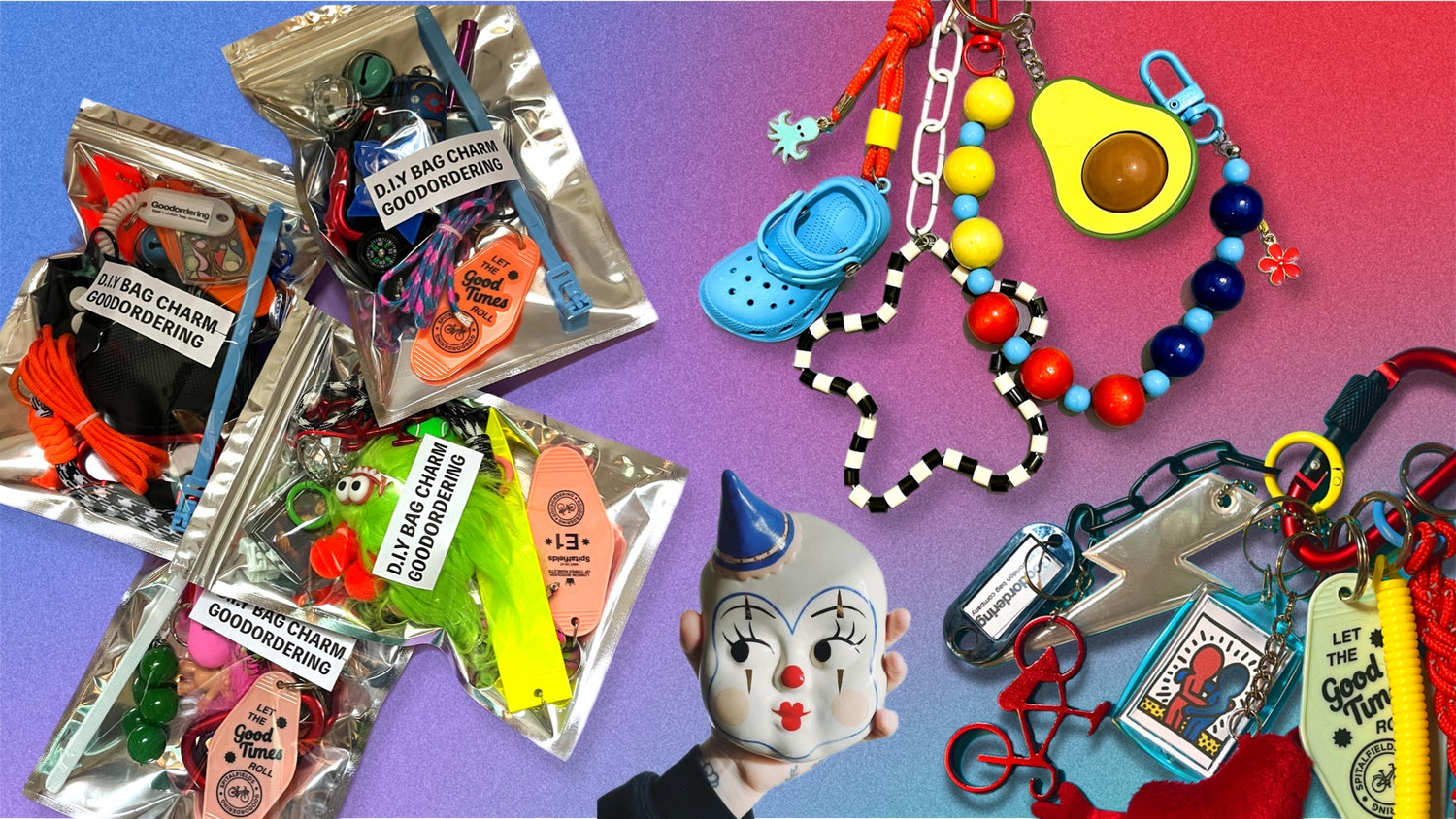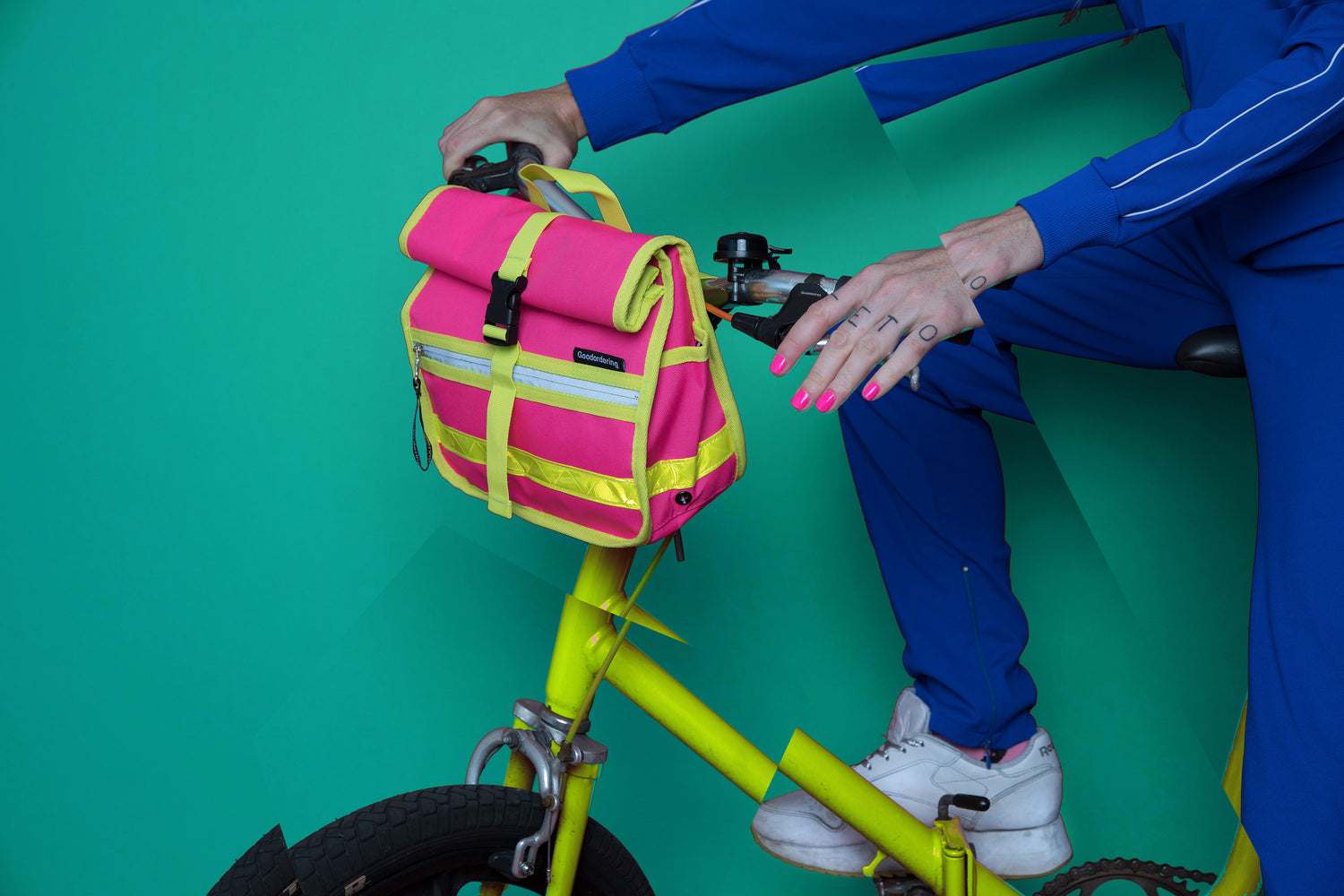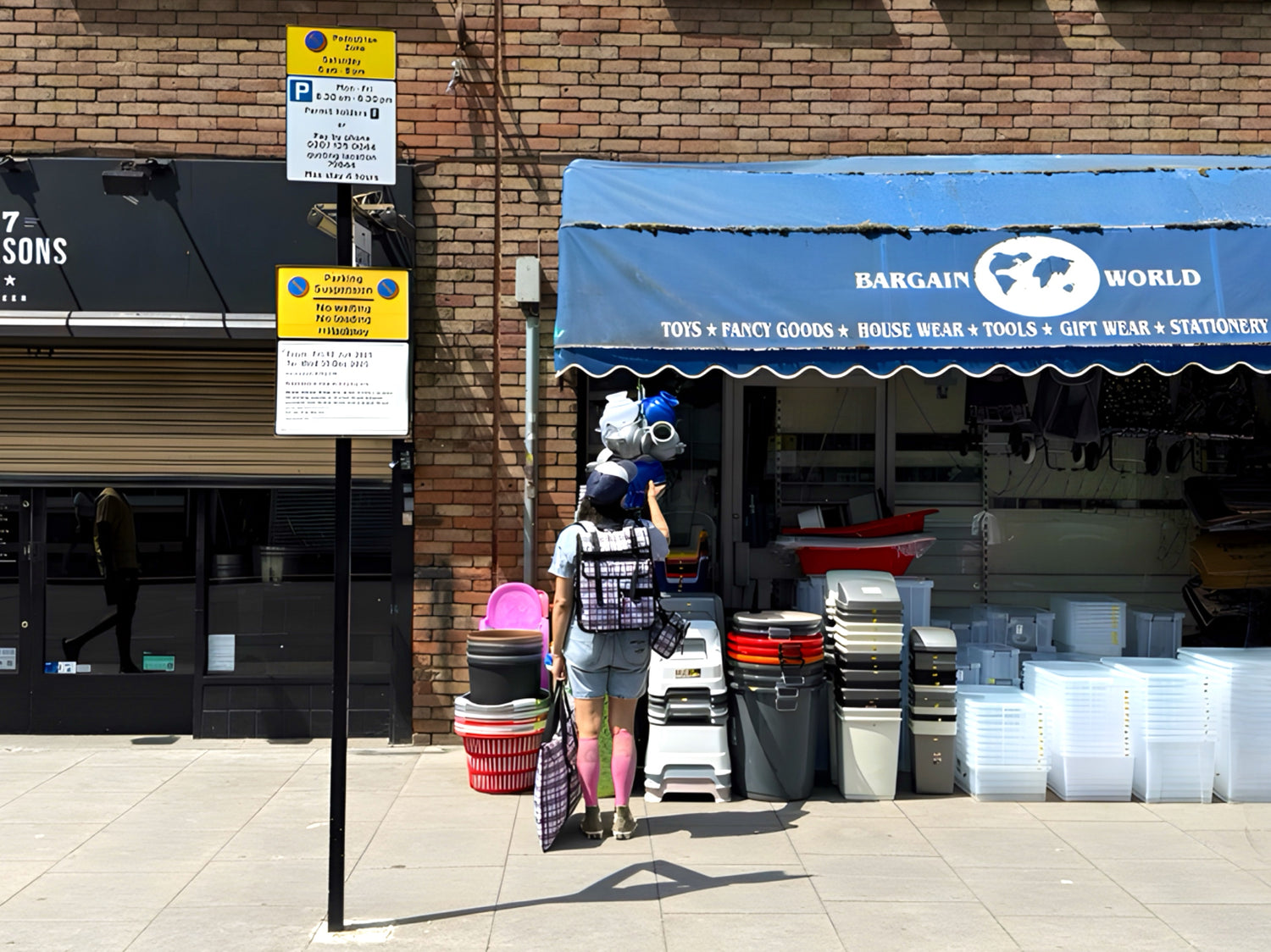Urban cyclists now refuse to choose between style and comfort. Cities from London to Portland show riders wearing tailored pants and flowing skirts while pedalling through traffic. This shift reflects how people think about movement, clothing, and personal style.
The fusion started gaining steam around 2015. Designers realised commuters needed clothes that worked across different settings. Riders want outfits that transition from bike to office to dinner. No wardrobe changes needed. This practical demand has reshaped both cycling gear and everyday fashion.
Bike-Friendly Fashion Becomes the Norm
Fashion brands now design with cyclists in mind. They create pieces that look polished while allowing freedom of movement. Here are some popular features that work well for riders:
- Shorter hemlines and A-line cuts stay clear of bike chains
- Hidden shorts underneath dresses prevent awkward moments
- Adjustable lengths accommodate different riding positions
Collections like princess polly dresses include mini and midi styles perfect for bike commutes. These combine trendy cuts with practical lengths. Wrap designs and empire waists give room for pedaling. No excess fabric catches in spokes or gears.
Brands started using four-way stretch materials in office clothes. The result looks professional but moves like athletic wear. You get function without the gym vibe.

Photo by Pavel Danilyuk
Functional Fabrics Meet Street Style
Material technology changed what cyclists can wear comfortably. Moisture-wicking synthetics once lived only in sportswear. Now they appear in casual dresses and work pants. These fabrics pull sweat away from skin and dry fast. You arrive at your destination feeling fresh.
Natural fibers evolved too. Merino wool blends resist odors and regulate temperature across seasons. Cotton mixed with elastane offers breathability while keeping its shape. Modern fabric treatments improve moisture management significantly. Research from North Carolina State University's College of Textiles shows treatments can boost performance by up to 40%.
Reflective details became style elements instead of safety afterthoughts. Designers weave reflective threads into seams, hems, and patterns. They catch light without screaming "athletic gear." Some brands print reflective graphics that look normal in daylight. Under headlights at night, they glow bright.
Urban Cycling Accessories as Statement Pieces
Cycling bags shifted from purely functional to fashion accessories. They now express personal style just like handbags do. Leather panniers and waxed canvas backpacks get the same design attention as luxury bags.
- Modern bags offer smart features that work both on and off the bike:
- Adjustable straps for different carrying positions
- Multiple pockets for organized storage
- Weather-resistant materials that protect contents
- Easy attachment and removal systems
Helmet design improved dramatically in safety and looks. Newer models use in-mold construction for sleeker profiles. Protection stays strong while appearance gets better. Many current helmets resemble casual hats more than bubble shapes. Colors extend beyond basic black to pastels, metallics, and fun patterns.
Footwear shows where function and fashion truly converged. Sneakers with grippy rubber soles work for flat pedals. They also look appropriate for casual offices. Some dress shoes now borrow features from cycling shoes. Stiffer soles give better power transfer. Ankle boots with low heels became popular among bike commuters wanting options beyond sneakers.
Cycle Chic Culture Takes Root
European cities pioneered dressing normally while cycling. Copenhagen and Amsterdam showed that regular clothes work fine for short urban trips. No special gear needed. This philosophy spread globally as cities built protected bike lanes.
Social media amplified cycle chic by showcasing stylish riders worldwide. Instagram accounts feature commuters in sundresses, suits, and everything between. This visibility normalized cycling in regular clothes. More people tried riding without buying technical apparel.
The U.S. Department of Transportation reports protected bike infrastructure increases ridership by 75% on average. More diverse riders join the movement. They prioritize style alongside function.
The movement challenges old assumptions about cyclist clothing. Lycra and helmets still work for long rides or racing. Short trips allow more flexibility though. Many riders keep a small bag with backup items. A change of shoes or light jacket beats maintaining separate wardrobes.

Photo by George Pak
Making It Work in Real Life
Combining cycling and fashion successfully needs some practical adjustments. Riders often choose darker colors on bottom. This hides grease marks from chains. Skirts and dresses benefit from weighted hems or bike clips. These prevent them from flying up in wind.
Layers allow quick temperature changes. You go from pedaling hard to standing still fast. Testing clothes on actual rides before important events prevents problems. Some fabrics seem fine walking but become uncomfortable cycling. Take a quick spin around the block first. See if an outfit works for longer commutes.
Small changes make previously unsuitable clothes work perfectly:
- Loosen your belt a notch for comfort
- Wear different undergarments for better movement
- Roll up pant legs to avoid chain contact
- Add a small safety pin to secure loose fabric
Storage solutions help maintain your appearance during rides. Panniers keep work clothes unwrinkled and protected from weather. Some riders pack heavier items separately. Shoes and lunch go in different bags. This avoids bulk that affects balance or comfort. Plan ahead for where to store helmets and locks at your destination.
Riding Forward with Style
The cycling and fashion relationship will grow stronger. Cities expand bike infrastructure and more people choose two wheels. Brands that understand rider needs keep developing multipurpose clothes. No compromise needed anymore.
The best approach combines smart clothing choices with the right accessories. Be realistic about what works for your riding style and distance. Style and function complement each other now. They stopped competing years ago. Modern urban cyclists get the best of both worlds.







